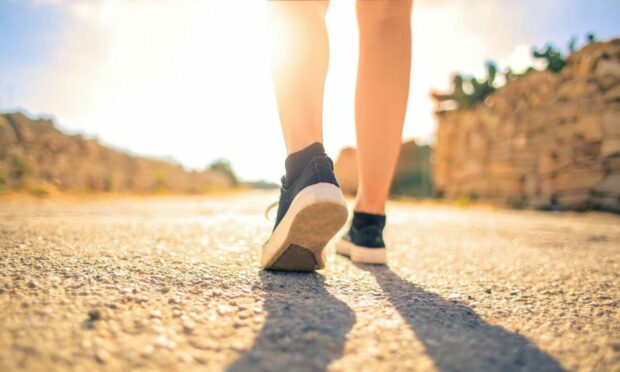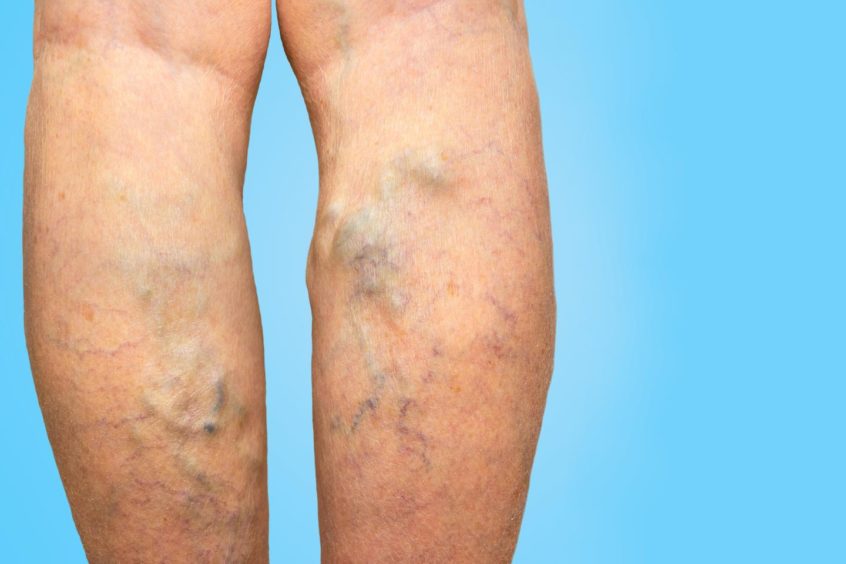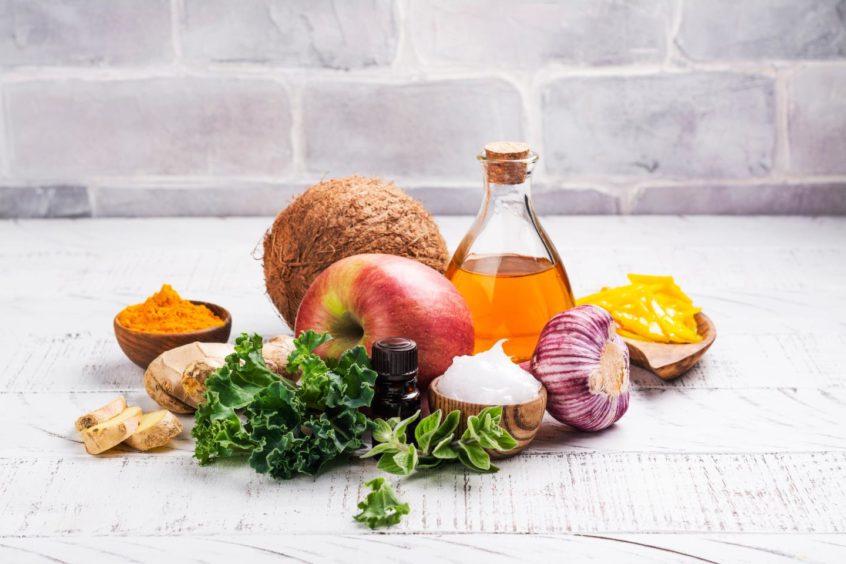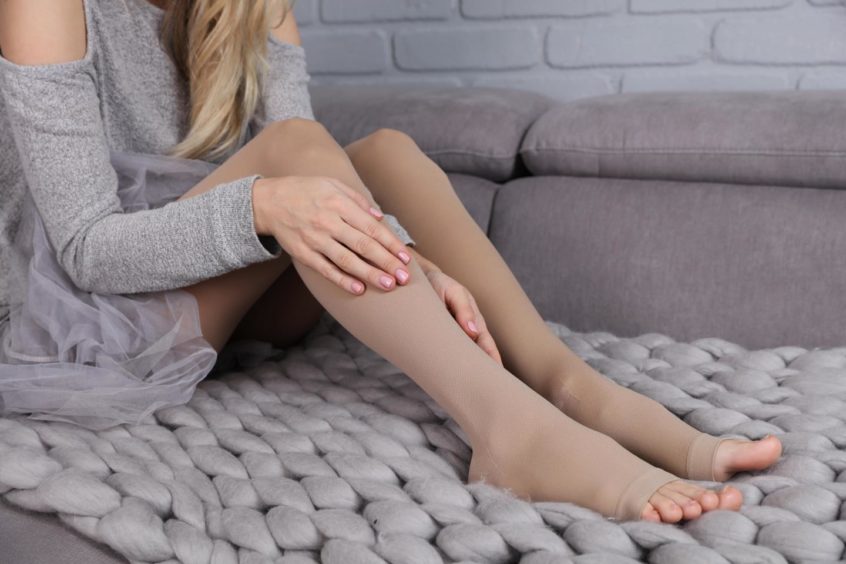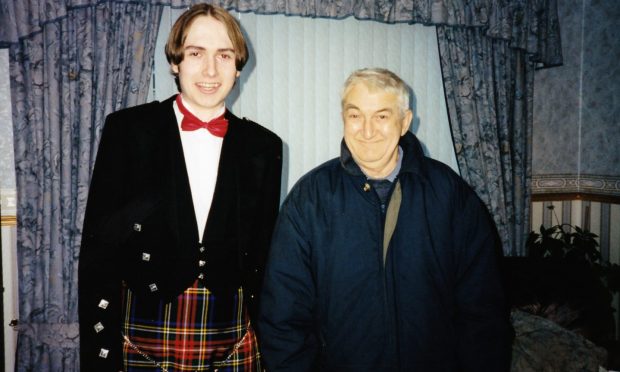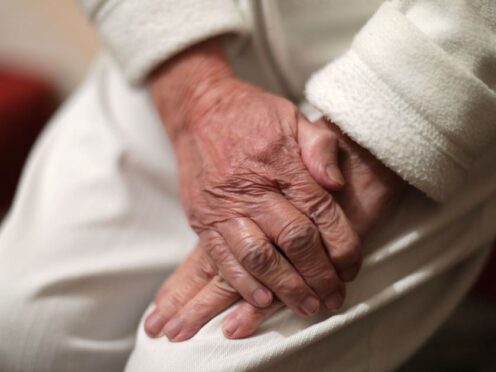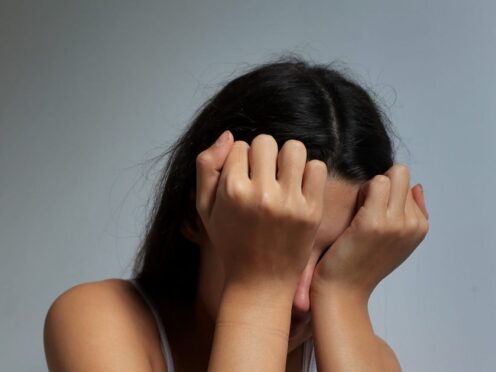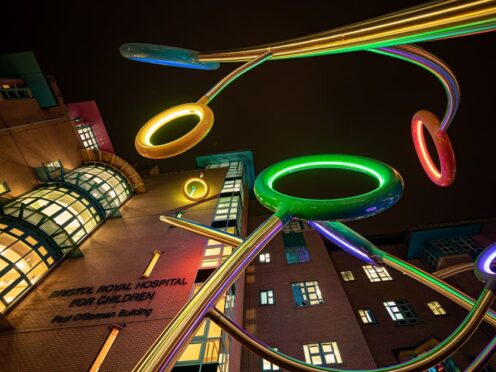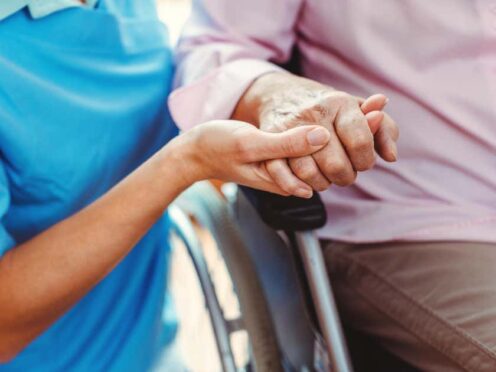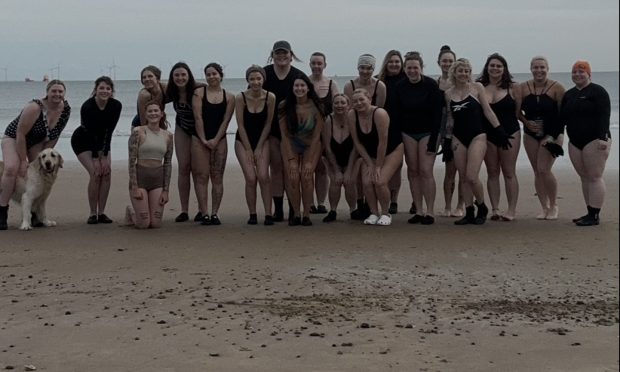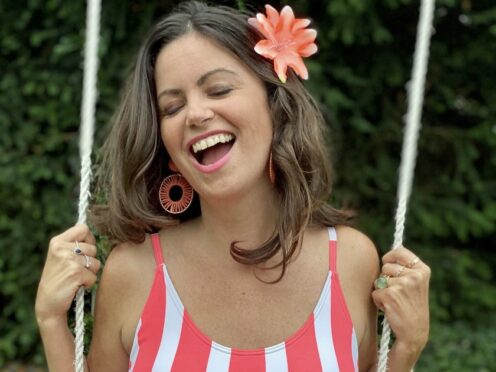An estimated one in four of us has varicose veins. They can be extremely painful, especially if you spend a lot of time standing, and if left untreated, can lead to skin damage, specifically red and brown skin near the ankles, venous eczema, leg ulcers and phlebitis, which is clotting in the vein.
So what are varicose veins? The word “varicose” comes from the Latin for “dilated”’. Varicose veins are veins that are permanently dilated. They occur mainly in the lower extremities because of the greater pressure exerted on them.
Muscles in the foot, calf and thigh act as pumps to push blood from the foot to the heart. Valves in the vein close like gates if blood tries to run in the wrong direction, but if these valves fail to work properly, blood is forced to flow back down the leg causing superficial veins under the skin to bulge.
In effect, the varicose veins you see in your legs are due to blood damming up in superficial veins and their branches. Why these veins fail is not completely understood, but it may be due to a weakness in the valve itself or in the vein wall.
Many people think of varicose veins as being a “female affliction”, and while pregnancy can be a contributing factor, many men are affected too, especially those with jobs that require them to spend hours at a time on their feet, or sitting behind a desk. In addition to the veins themselves, legs can often feel tired and heavy and may be prone to swelling and cramping.
In severe cases surgery is the sensible option, but if you take care of your legs before they get to such a serious stage, then less drastic treatments can go a long way.
Although probably not the look you’re going for, support stockings can help. They work by exerting more pressure near the ankles and feet, providing an extra squeeze that promotes blood flow.
Avoid standing for prolonged periods of time, and if you do have to stand for a while, make a point of changing your position, shifting from one leg to the other. Try some leg exercises or wiggle your toes now and again to help support your circulation, and give heels a miss – low-heeled shoes or flats work your calf muscles harder which is better for your veins.
Maintaining a healthy weight will help to take the pressure off your veins and regular exercise will help to get your blood pumping and support your circulation. Obesity is a major contributor to the condition so following a nutrient-rich diet in addition to getting plenty of exercise should go a long way towards keeping you fit and healthy.
Avoid inflammatory foods wherever possible. Foods that are high in refined sugars, caffeine or alcohol are likely to stimulate an inflammatory reaction in your body. This inflammatory reaction is bad news. When your body initiates a rush of inflammatory chemicals it can cause your blood vessels to dilate so the chemicals can travel faster around your body.
Instead, try to focus on a more anti-inflammatory diet. Make sure you are getting plenty of fibre as constipation can make you more vulnerable to varicose veins. Eat plenty of fruit and veg and drink plenty of water to keep things moving.
Certain herbs and spices are brilliant for tackling inflammation, with cinnamon, garlic, turmeric and cayenne pepper being excellent for supporting a healthy circulation. Apple cider vinegar is another natural remedy that’s great for varicose veins as it’s known to help increase your blood flow. You can take a teaspoon of apple cider vinegar each day straight or you could stir a teaspoon into a glass of water to make it more palatable.
As far as herbal remedies are concerned, horse chestnut is probably the most popular herb used to help with varicose veins. It is the seeds of the horse chestnut tree which are used medicinally and these are the same seeds gathered each autumn for the game of conkers. Try A.Vogel’s Venaforce Horse Chestnut tablets.
To help reduce heavy legs and swelling, elevate your legs above the level of your heart for about 10 minutes each day. A simple way of achieving this is by lying down and resting your legs on a stack of pillows. You could also try rubbing Venagel Horse Chestnut Gel into tired legs. With extract of fresh horse chestnut, it helps to cool and soothe tired, heavy or aching legs. Smooth upwards and massage into legs.
For further information, ask in store at Grampian Health Store, 34 Market Street, Aberdeen, or call 01224 590886. If you’re unable to get out and about, home delivery is also available.
